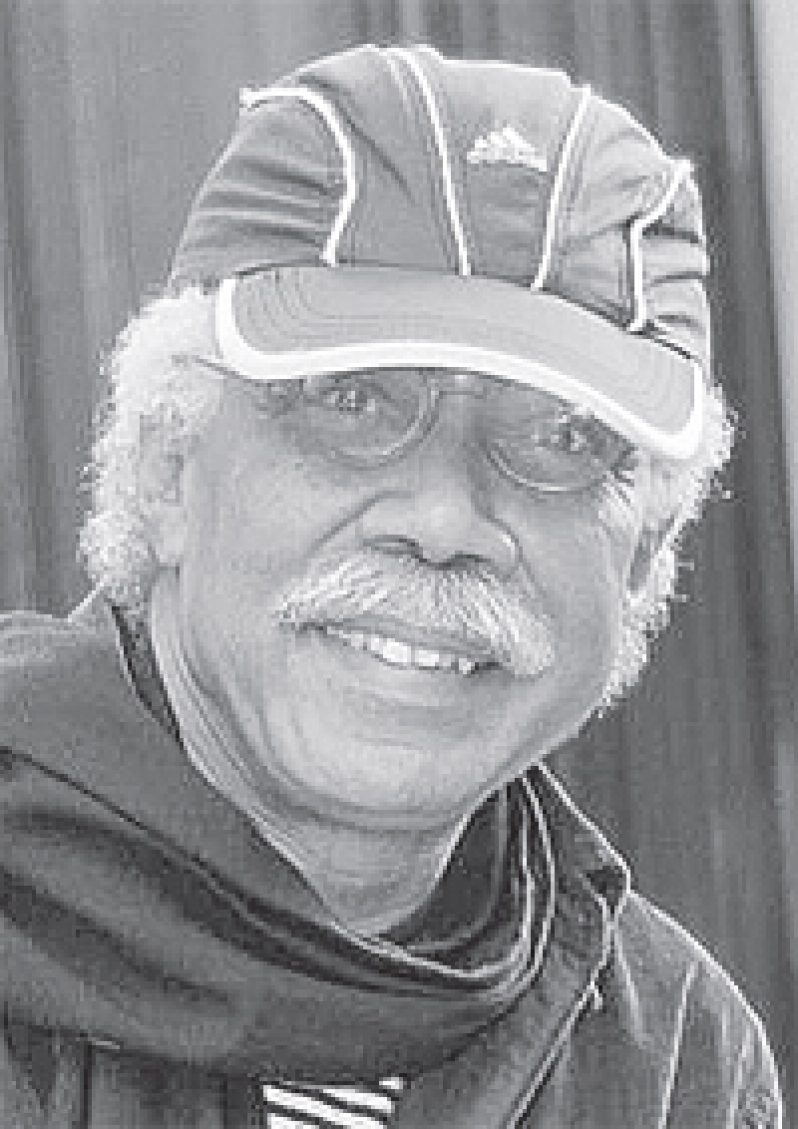PERHAPS never before in the history of the world has there been so many ‘artists’, of all races and in all categories and disciplines.
The reasons for this are obvious: (1) An increase in the world’s population. (2) The temporal accumulation and influence of created works, whether books, paintings, sculpture, architecture, songs, tunes, plays, films, etc. (3) The reproduction and dissemination of printed material in books (since the 16th century) and magazines and newspapers, on the Internet, etc, about works of art. (4) The publication of educational studies on the arts, and promotion of artists and their works; as well as University, College, High School, and Art School courses, including workshops. (5) Above all, the existence of all the arts, especially the publishing of creative literature, and film-making, as an enormous money-making industry and source of employment.
PRODUCTION VERSUS CREATIVE VALUE
Yet, none of this simultaneously refers to ‘quality’ in the arts, but rather to the quantity of its existence. But who is to judge what is quality in art, and what is not? Indeed, even though this question over time has concerned perhaps thousands of studies in various cultures and languages, it cannot prevent the continuous production of activities which call themselves ‘Art’; and which, as said above, provides employment, salaries, and wealth to both the general art industry, and professionals practicing it. The question then of ‘quality’ largely becomes an impotent question, swept aside in a deluge of quantity, which is often driven by commercial, or practical ’employment’ concerns.
THE CO-EXISTENCE OF INTERESTS
Nevertheless, because neither one can really suppress the existence of the other, the two continue to exist side by side. And though ‘quality’ may be more difficult to see or recognise, and certainly may be less popular or familiar than the quantity of art that is easily visible and accessible, ‘quality’ will not go away. It will not go away, or cease existing because it is rooted in the discernible structure, or combinative evidence in certain works of art, whose origin in turn resides in the specific difference of the creative human temperament, the experiential knowledge, imaginative scope, intuitive freedom, and practical discipline of the specific artist behind the work. A decline in the arts results when such a creative temperament’s existence is stifled by the closure of its communication with the public, or world at large, via the denial of the quality in such works of art, whose voice may be lost in the quantity of other ‘voices’ dominating a competitive marketplace primarily concerned with its OWN existence.
THE SCIENCE OF PRODUCTION
That a substantial increase in the quantity of artists and art around the world does not imply that an increase in quality simultaneously occurs, is also related to another development which is not art as such, but involves ‘making’, ‘invention’, and ‘experimentation’; which are all qualities found in art, and essential to it as well. Such a development is called ‘science’, or ‘technology’; which, since the birth of Industrialisation in late 19th century England, introduced processes of mass production, which though initially quite helpful in providing countless manufactured products (utensils, gadgets, clothing, etc) cheaply for the masses, also became more and more extended and applied to areas of culture involving architecture, painting, drawing, sculpture, comic book design, film-making, and most startlingly noticeable of all, the writing and publication of creative literature. In these areas a ‘scientific’ process of production began to dominate and absorb the individual artistic process; so that a similar external, and even internal appearance (content), began to affect all these categories of art, and the term ‘Art’ itself became less and less distinct from a PROCESS that rendered these artistic forms like mere utilitarian objects, for perishable time-spans only to be entertained by, or consumed, rather than thought of much beyond their first encounter with humans.
THE SURVIVAL OF QUALITY
Under such social circumstances, often supported by censuses of popularity (like weekly Box-Office reports on certain ‘entertaining’ films), the definition of art loses any specific demands on ‘quality’, and even becomes redundant, if not gradually obsolete. Or, if still asserting its perennial individual identity, belittled or dismissed as ‘sour grapes’ hanging on to ‘the past’. Nevertheless, the idea of ‘quality’, as opposed to a robotic-like saturation of sameness in the ‘quantity’ of art and artists at our disposal today, is never abandoned by a vital section of society’s artists, their fans, co-workers, and audience patrons, whose attention keep both the history and tradition of quality alive by an educational awareness of the comparative value and necessity of art spanning the past and present.
By Terence Roberts




.png)









